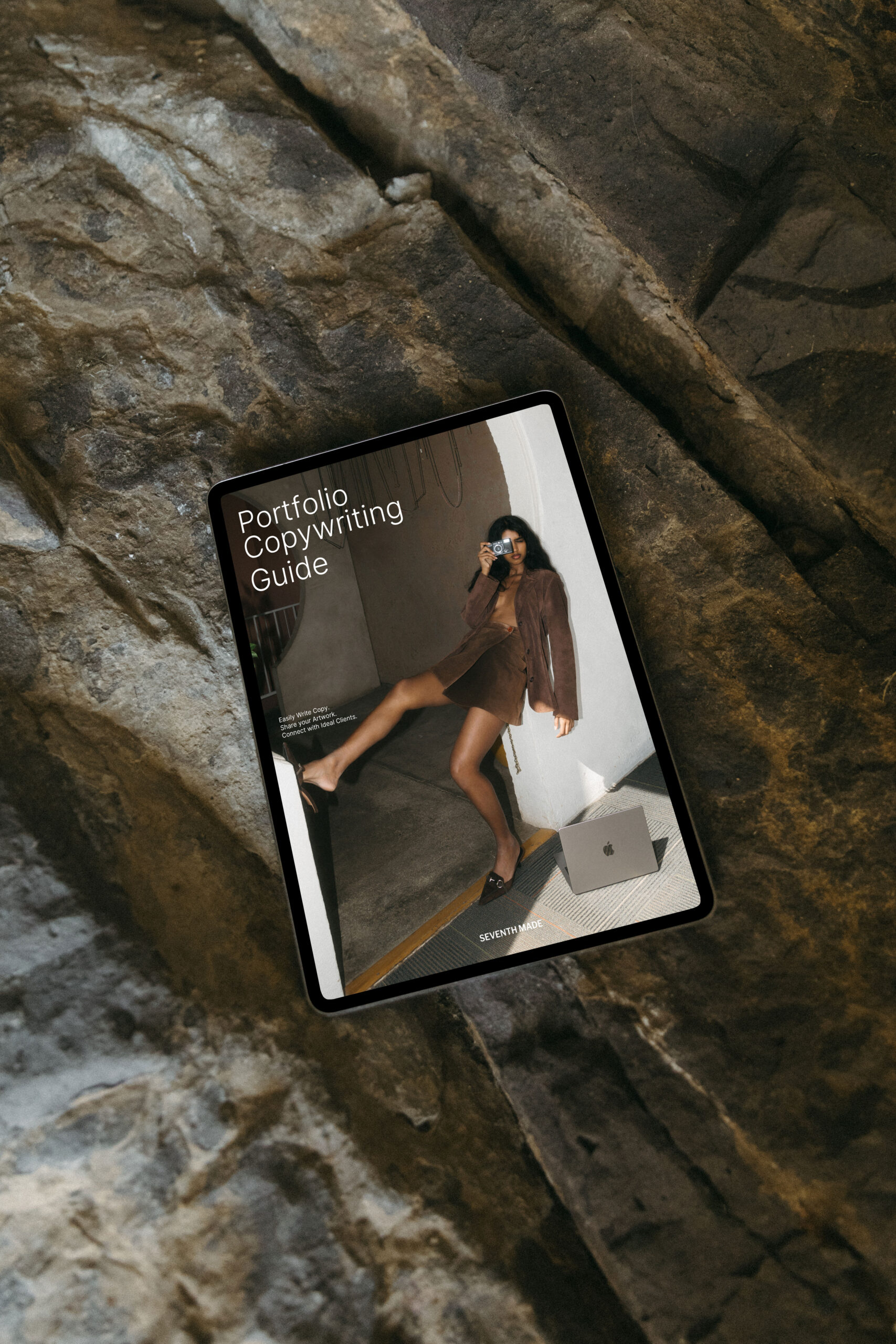For photographers, a website is all about showcasing your art to connect with your dream clients. With every scroll and click, you want visitors to gain a deeper understanding of your style, the type of work you do, and what makes it so unique. Every page of your website probably has a few (or many!) featured images — but your photography portfolio, gallery, or blog is where your work really shines. It’s a place for potential clients to get to know the breadth of your work and feel a deeper connection to the moments you’ve captured. So how do you decide whether a portfolio, gallery, or blog is right for your website? Here are a few pointers.
What is a photography portfolio or gallery?
A photography portfolio is a collection of photos you’ve selected to showcase and represent your skills, creativity, and style. These days, most photographers have a digital portfolio on their website, but a portfolio can also be in print form. It should showcase the variety of work you’ve done, your shooting and editing style, and the types of projects you typically shoot (i.e. brand photography, weddings, couples, maternity, etc.). For many independent photography studios or freelancers, a portfolio is the number one factor clients use to decide whether to hire you.
The word “gallery” is often used interchangeably with “portfolio” when it comes to photography websites. A gallery page may simply be a selection of the photographers favorite/best work — exactly like a portfolio page. It may also be a page that further links out to galleries of individual sessions. Many photographers create mini galleries with a collection of several featured images from each session.
What’s the difference between a photography portfolio and a blog?
While a portfolio or gallery is simply a collection of images with minimal words (or none at all!), a blog takes things one step further by adding more written content to complement the photos. Each blog post typically contains an introduction and several paragraphs describing the session, the location, and the people being photographed.
A blog can also venture outside the bounds of simply showcasing photography work. It can be a place for photographers to share their expertise on their niche, such as tips for family photos, favorite locations, or wedding day timeline planning.
Many photographers who opt for a blog use it for a combination of these two purposes — sharing examples of their work and sharing useful tips and knowledge for potential clients.
What are the benefits of a blog vs a portfolio?
Benefits of a portfolio
- Ease: A portfolio or gallery simplifies the process of sharing your work. There’s minimal formatting and almost no copywriting required.
- Simplicity: Website visitors can get a high level understanding of your work with minimal clicking around. A portfolio aggregates the best of your art in one place.
- Quick updates: When you want to add or remove images, a gallery or portfolio makes the process fast and simple, which may mean you’ll be more likely to keep it up-to-date.
Benefits of a blog
- Flexibility: A blog gives you a lot of flexibility around the type of content, format, and layout of your work. You can share images, links, video, and written content in a more editorial format.
- SEO: A blog offers more opportunities to optimize for search engines, which can help you be discovered by the right clients
- Depth: While a portfolio offers a large quantity of photos to browse, a blog may provide more in-depth views into your process, style, and clientele.
Get our guide: Blogging for Photographers
Photography Portfolio vs Gallery vs Blog: The Bottom Line
When it comes to the decision of whether a portfolio or a blog is right for your website, every photographer will have a different perspective. Do you feel overwhelmed by the idea of having to write a blog or excited about the prospect of sharing in that way? Could you start with a portfolio and slowly build toward a blog? The best option is the one you can stick with and feel confident about sharing.
Need a step-by-step guide to help you create your portfolio?
Fill out the form below for our Portfolio Copywriting Guide.
